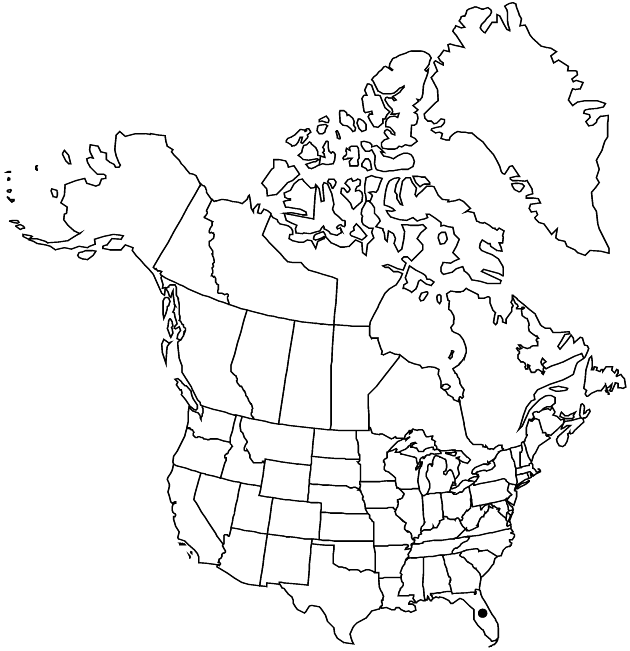Difference between revisions of "Pectis glaucescens"
Sida 11: 386. 1986.
FNA>Volume Importer |
FNA>Volume Importer |
||
| Line 61: | Line 61: | ||
|publication year=1986 | |publication year=1986 | ||
|special status= | |special status= | ||
| − | |source xml=https://jpend@bitbucket.org/aafc-mbb/fna-data-curation.git/src/ | + | |source xml=https://jpend@bitbucket.org/aafc-mbb/fna-data-curation.git/src/f50eec43f223ca0e34566be0b046453a0960e173/coarse_grained_fna_xml/V19-20-21/V21_543.xml |
|tribe=Asteraceae tribe Heliantheae | |tribe=Asteraceae tribe Heliantheae | ||
|subtribe=Asteraceae (tribe Heliantheae) subtribe Pectidinae | |subtribe=Asteraceae (tribe Heliantheae) subtribe Pectidinae | ||
Revision as of 20:38, 16 December 2019
Annuals or perennials, 2–50 cm (across or high); herbage spicy-scented. Stems prostrate to erect, usually sparsely to densely puberulent (sometimes in decurrent lines), sometimes glabrate. Leaves narrowly linear, 10–35 × 0.2–1.8 mm, margins with 1–5 pairs of setae 1–2 mm, faces glabrous (abaxial submarginally dotted with broadly elliptic to circular oil-glands 0.2–0.3 mm, sometimes with additional, scattered oil-glands). Heads borne singly or in diffuse, cymiform arrays. Peduncles filiform, (3–)7–35(–54) mm. Involucres cylindric. Phyllaries distinct, linear-oblanceolate, 4–5 × 0.8–1 mm (dotted with 1–2 elliptic, subapical oil-glands 0.2–0.3 mm, sometimes with additional, smaller submarginal or scattered oil-glands). Ray florets 5; corollas 3.5–5 mm. Disc florets 3–7; corollas 2–3 mm (2-lipped). Cypselae 2.5–3 mm, strigillose; pappi of 0–5, antrorsely scabrid bristles or slender scales 1–2 mm plus 0–5 entire or irregularly lacerate scales 0.2–0.7 mm. 2n = 48.
Phenology: Flowering year round.
Habitat: Sandy or gravelly soils, grassy areas, openings in pinelands, scrub, roadsides
Elevation: 0–50 m
Distribution

Fla., West Indies (Bahamas, Hispaniola, Jamaica).
Discussion
Pectis glaucescens is widespread in southern Florida and the Bahamas. Human disturbances, especially road constructions, have created habitats suitable for it. It grows most commonly on limestone soils in open, grassy sites. Occasionally, it is a lawn weed.
Selected References
None.